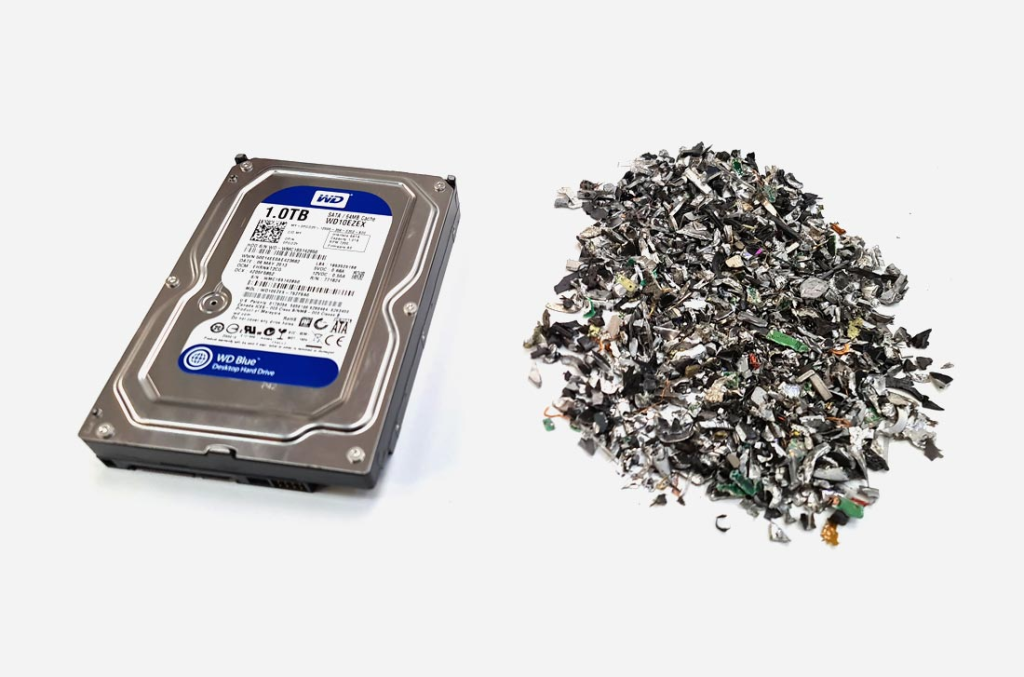In today’s digital age, data breaches are a constant threat. From hackers stealing sensitive information to companies experiencing massive cyber attacks, it’s more important than ever to take control of your digital security. But where do you start?
In this post, we’ll break down the top 10 steps to secure your data and protect your digital life. From using strong passwords to implementing an incident response plan, we’ve got you covered.
Step 1: Use Strong, Unique Passwords
Think of passwords like the locks on your digital doors. You want them to be strong and unique to prevent unauthorized entry. Use a password manager to generate and store complex passwords, and enable two-factor authentication whenever possible.

Step 2: Keep Software Up-to-Date
Software updates are like vaccinations for your digital devices. They keep you safe from known vulnerabilities and patch security holes. Regularly update your operating systems, browsers, and other software to stay ahead of cyber threats.

Step 3: Use Encryption
Encryption is like a secret code that only you and authorized parties can decipher. Use full-disk encryption for laptops and mobile devices, encrypt sensitive files and folders, and use secure protocols for data transfer.

Step 4: Backup Data
Backing up your data is like having a safety net. Regularly backup important data to a secure location, use version control to track changes, and test backups regularly to ensure data integrity.

Step 5: Use Secure Networks
Public Wi-Fi networks are like public restrooms – you don’t know who’s been there before you. Use a virtual private network (VPN) for public Wi-Fi connections, set up a secure home network with a firewall and strong router password, and avoid using public computers or untrusted networks for sensitive activities.

Step 6: Monitor Accounts and Credit Reports
Keep an eye on your financial accounts and credit reports like a hawk. Regularly check bank and credit card statements for suspicious activity, set up account alerts for unusual transactions, and monitor credit reports for unauthorized accounts or activity.

Step 7: Use Secure Communication
When communicating sensitive information, use end-to-end encrypted messaging apps like Signal or WhatsApp. Avoid sharing sensitive information via email or text message, and use secure video conferencing tools for remote meetings.

Step 8: Dispose of Data Securely
When getting rid of devices or storage media, make sure to securely erase sensitive data. Use a secure erase method, shred physical documents containing sensitive information, and remove sensitive data from cloud storage and devices before disposal.

Step 9: Educate Yourself and Others
Stay informed about data breaches and security threats, and educate friends, family, and colleagues about data security best practices. Participate in security awareness training and workshops to stay up-to-date.

Step 10: Implement an Incident Response Plan
Establish a plan for responding to data breaches or security incidents. Identify key stakeholders and their roles in the response process, and regularly review and update the plan to ensure effectiveness.

By following these 10 steps, you’ll be well on your way to securing your data and protecting your digital life. Remember, data security is an ongoing process that requires vigilance and regular maintenance. Stay safe out there!

